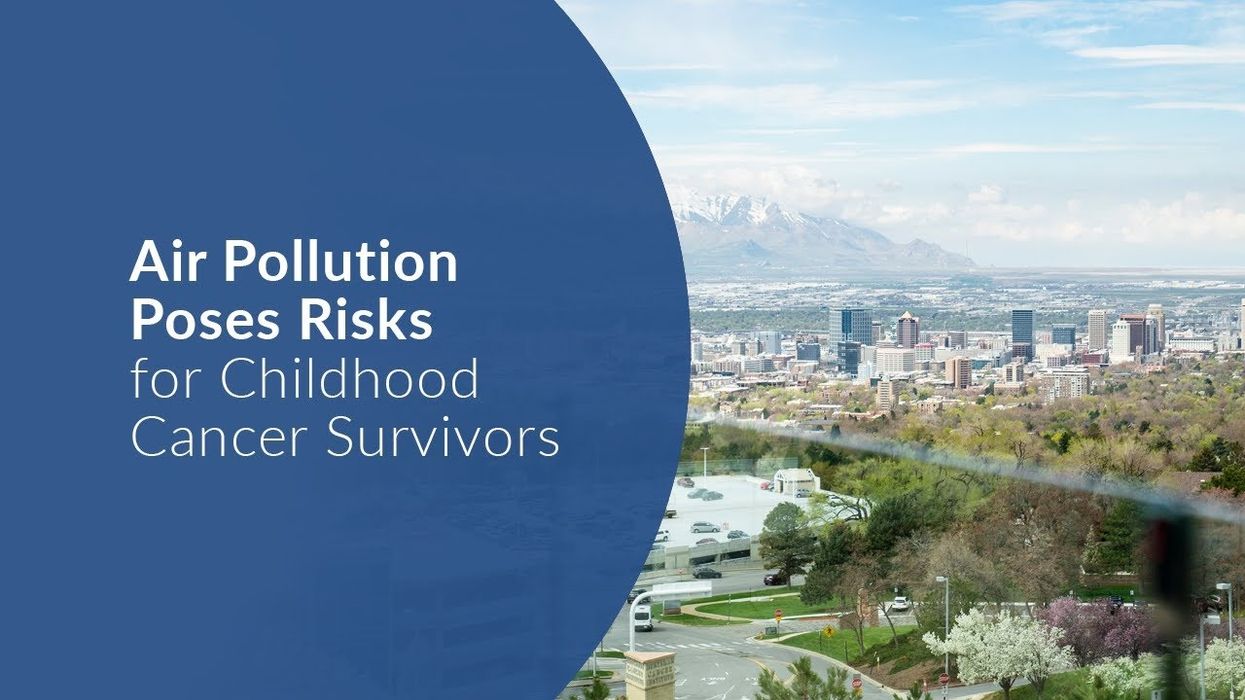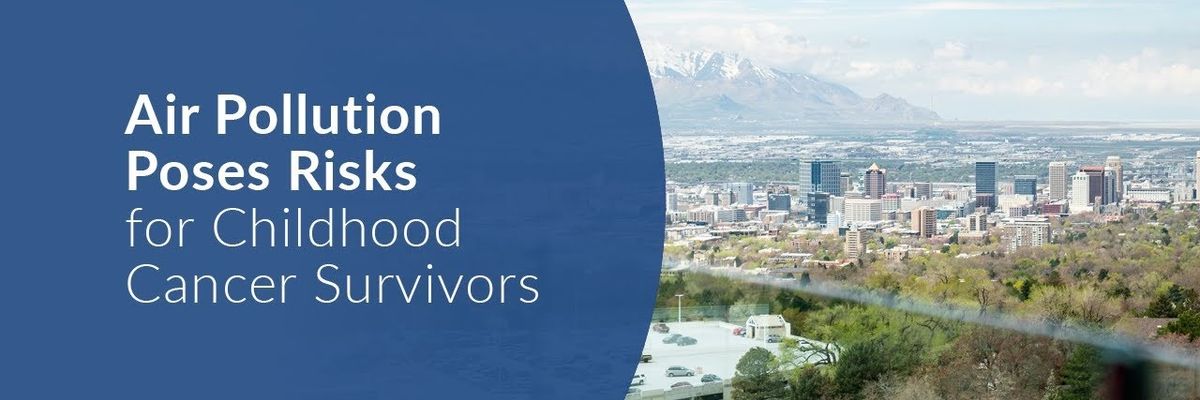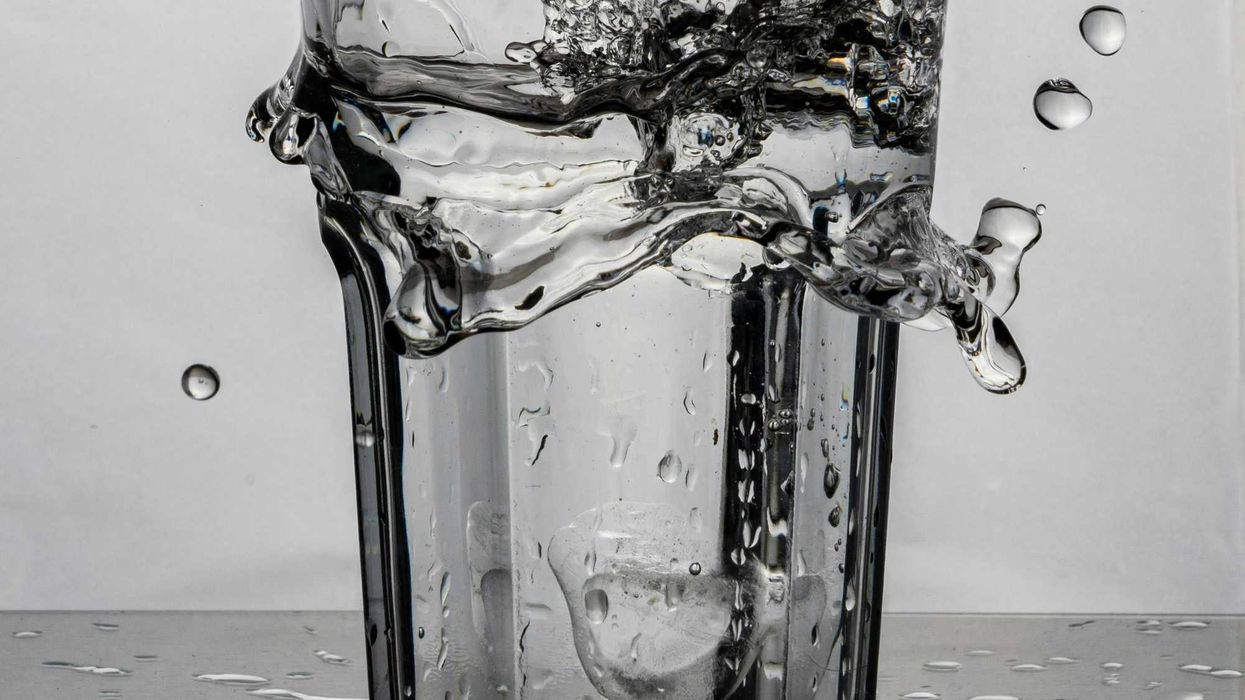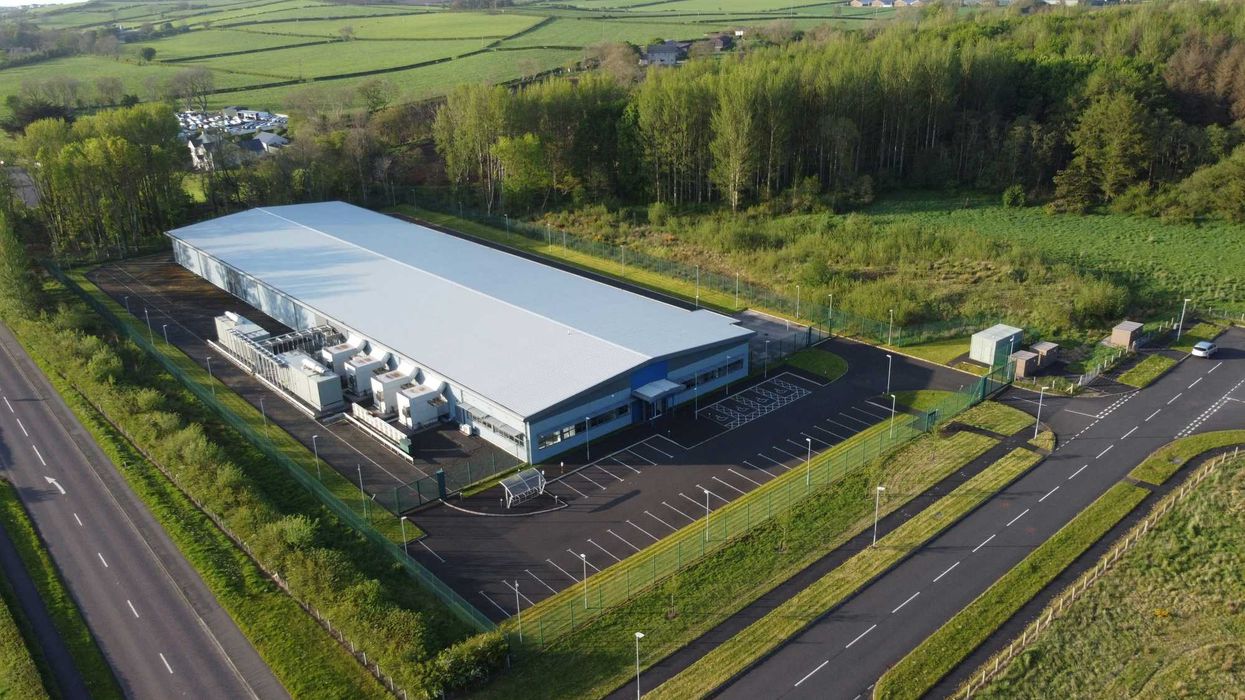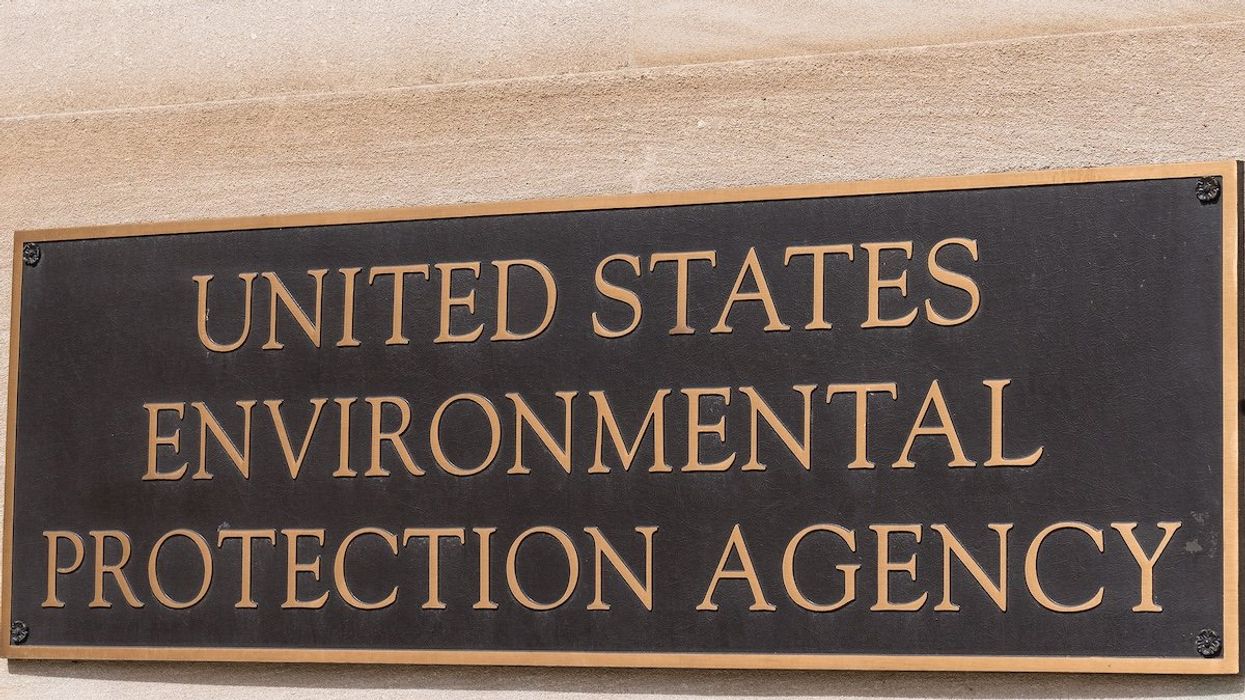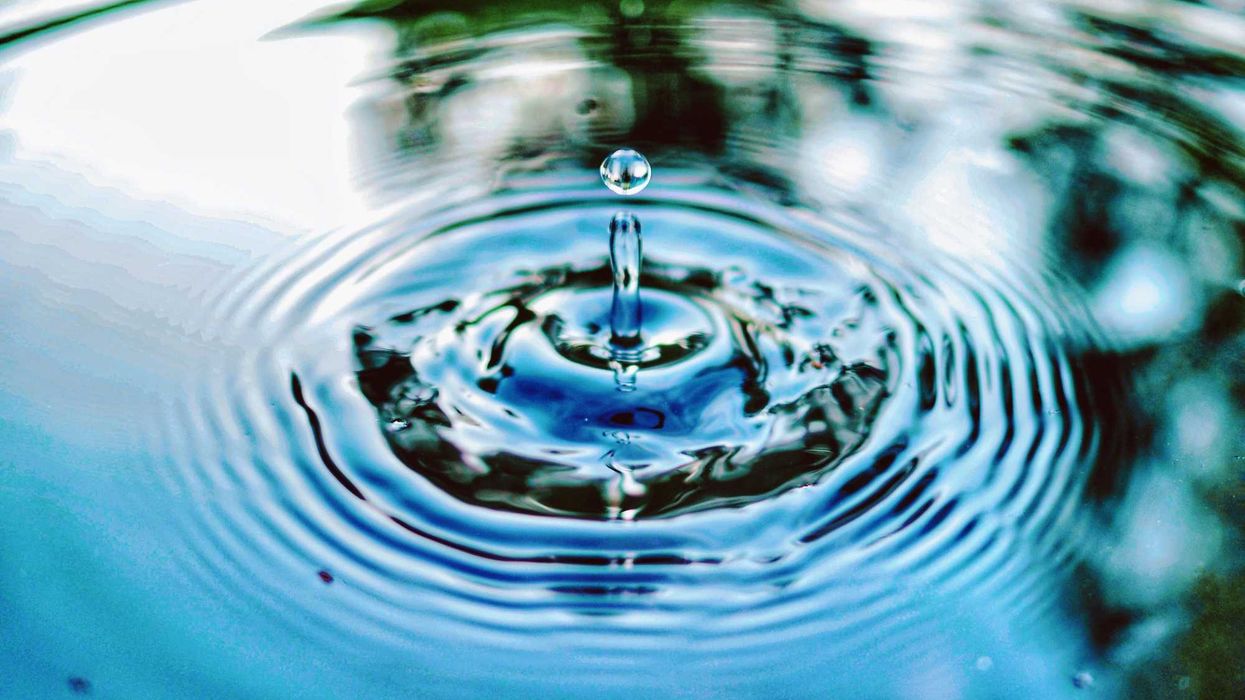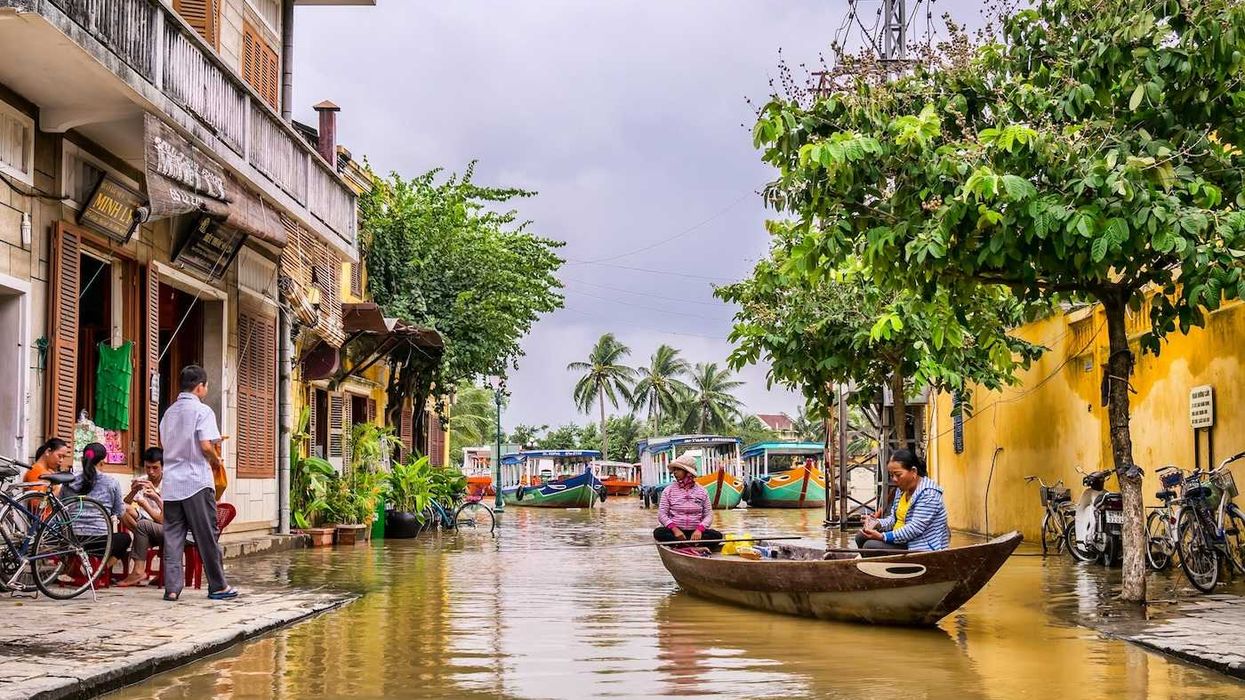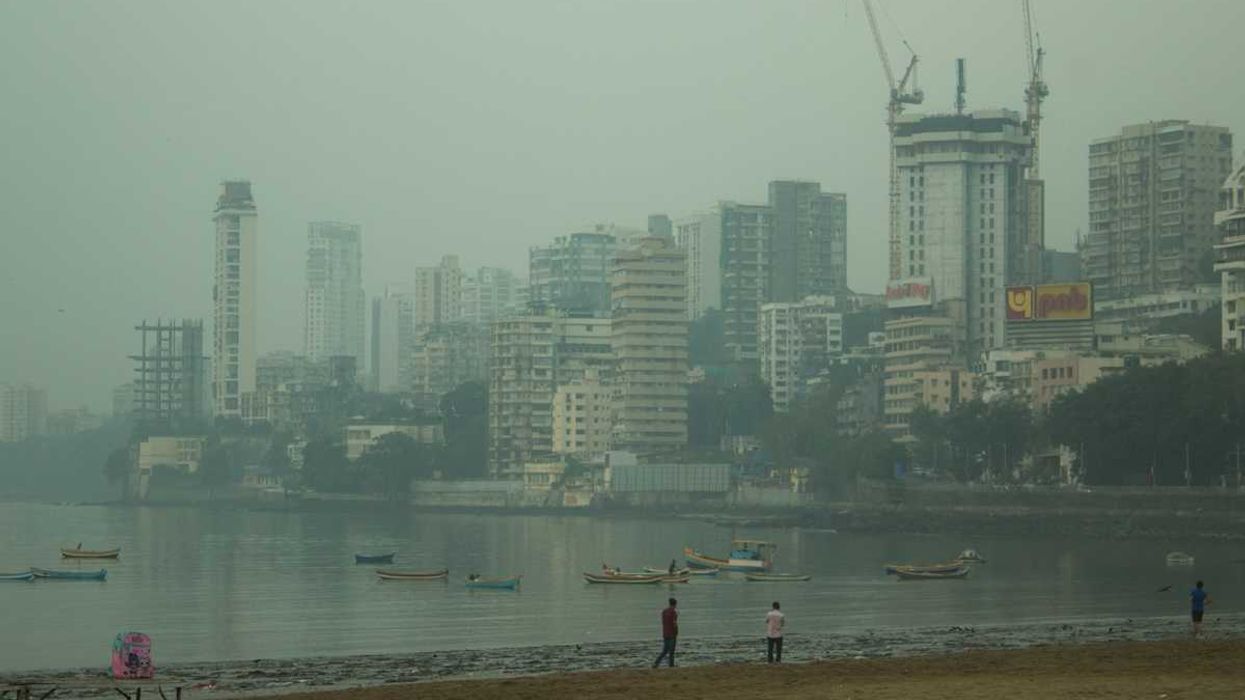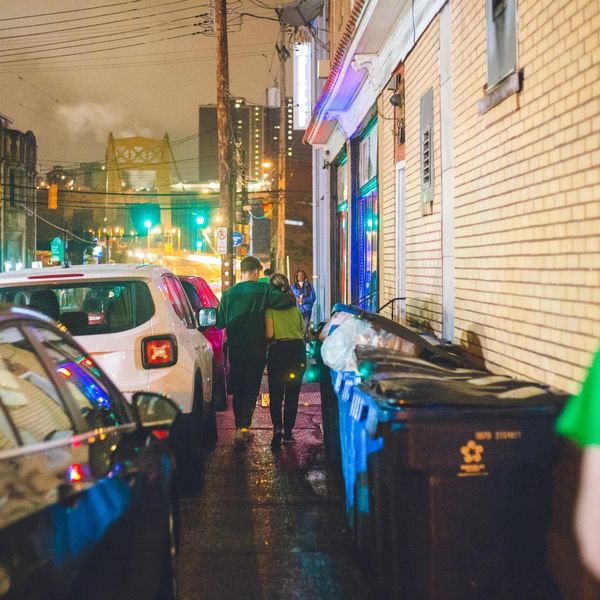Editor's note: This is the fourth story in our series on cancer and air pollution in Southwestern Pennsylvania.
Survivors of childhood and adolescent cancers are significantly more likely to wind up in the hospital with respiratory problems on bad air days than members of the general population, according to a new study.
The study, published in the International Journal of Environmental Research and Public Health, is the first to examine the connection between air pollution and respiratory hospitalizations among childhood cancer survivors and suggests that cancer survivors' weakened immune systems may leave them more vulnerable to the harmful effects of air pollution.
"I was very surprised to see how vulnerable childhood cancer survivors are compared to the general population," Dr. Judy Ou, a cancer epidemiologist at the University of Utah's Huntsman Cancer Institute and lead author of the study, told EHN.
"This is meaningful from a regulatory perspective because no one has ever thought about cancer survivors as a population that's vulnerable to air pollution before."
One in every 530 American adults ages 20-39 is now a childhood cancer survivor due to both an increase in childhood cancer and improved survival rates. But current air pollution regulations don't include cancer survivors as members of "sensitive groups" like children, the elderly, and people with pre-existing heart and respiratory conditions, all of whom are advised to take extra precautions to reduce their exposure on bad air days.
Ou and her colleagues looked at medical records for nearly 4,000 childhood, adolescent, and young adult cancer survivors diagnosed or treated in Utah between 1986 and 2012. They found that childhood cancer survivors were much more likely to end up in the hospital with respiratory illnesses like infections, obstructive pulmonary disease, bronchitis, or asthma on days with high levels of particulate matter pollution—tiny, airborne particles of chemicals that, when inhaled, can cause heart and respiratory problems, and heightened cancer risk.
Weakened immune systems

Photo by Marcelo Leal on Unsplash
The researchers found that cancer survivors who didn't undergo chemotherapy see about the same level risk as the general public, but childhood cancer survivors who received chemotherapy are nearly twice as likely as the general population to be hospitalized with respiratory illnesses after exposure to particulate matter pollution on a bad air day.
They don't know why these cancer survivors are more likely to get sick from air pollution, but Ou and Hanson speculate it could be the result of a weakened immune system due to both their illness and the side effects of chemotherapy.
"Chemotherapy is a very powerful killer of cancer cells, but it also kills white blood cells and weakens the body's immune system," Dr. Heidi A. Hanson, co-author of the study, told EHN. "It has been shown that those who receive chemotherapy face increased risk for a variety of infections during and after treatment."
The EPA's maximum safety threshold for particulate matter pollution over a 24-hour period is 35 micrograms per cubic meter of air (mg/cm). But previous research has shown that members of sensitive groups, including elderly people across the U.S., still experience significant health effects at less than 25 mg/cm of particulate matter pollution. The researchers observed a similar trend among cancer survivors.
"Our research suggests cancer survivors are sensitive enough to this kind of pollution that they may need to be careful on days that are considered 'moderate' air days, which usually means between 12 and 25 micrograms per cubic meter of particulate matter pollution in a 24-hour period," Ou said.
"There's always a cost when it comes to air pollution"

Charlein Gracia on Unsplash/Connor Mulvaney for EHN
The study's findings are especially relevant for Pittsburgh, which ranks 7th worst in the nation for year-round levels of particulate matter, has elevated rates of the types of cancer associated with air pollution, and is in the top 2 percent of U.S. counties for cancer risk caused by air pollution.
The Allegheny County Health Department—the county which encompasses Pittsburgh—issues regular warnings about high levels of particulate matter pollution that may impact sensitive groups.
However, the Health Department recently issued a press release stating that thanks to "more aggressive enforcement" of the Clean Air Act, annual particulate matter levels at the air monitor closest to the Clairton Coke Works, one of the region's worst industrial polluters, dropped from 36.5 mg/cm to 28 mg/cm last year.
According to Ou's study, that level of pollution still poses a serious risk to childhood cancer survivors in the region.
Children are already considered a uniquely sensitive group when it comes to the health effects of air pollution. Adult survivors of childhood cancer who've undergone chemo face increased risk of respiratory illness from air pollution, but survivors who are still kids are the most vulnerable.
"Kids breathe about four times as much air as adults," Dr. Philip Landrigan, pediatrician, epidemiologist and director of the Global Public Health Program and the Global Observatory on Pollution and Health at Boston College, told EHN. "So they have proportionately more of these substances in their bodies."
When possible, Hanson said, young cancer survivors should avoid outdoor activities and consider wearing a mask, and parents should closely monitor their respiratory health on days with poor or moderate air quality.
"We need to think about the quality of the environment that kids who survive cancer are exposed to after they're done with treatment," Ou said.
"Expecting childhood cancer survivors to go home to same unhealthy environments that may have contributed to their illness doesn't seem fair," she added, "and it doesn't make sense from a public health perspective."
Next, Ou and her colleagues hope to conduct a larger study outside of Utah to determine if the trend they observed is consistent across populations with different demographics, and in regions with different types of pollutants contributing to particulate matter levels.
In the meantime, though, they believe there's enough evidence for policymakers to take action.
"Some people oppose strengthening air pollution laws because it will cost industries money," Ou said. "But if industries, governments, or other parties don't spend money up front to reduce pollution, the cost doesn't disappear—it gets shifted into healthcare spending of the general public and members of sensitive groups like cancer survivors."
"There's always a cost when it comes to air pollution," she added, "the difference is just in who's paying for it."
Editor's Note: An earlier version of this story stated that Allegheny County is in the top 3 percent of U.S. counties for cancer from air toxics. It is actually in the top 2 percent, according to the 2013 Pittsburgh Regional Environmental Threat Analysis.

